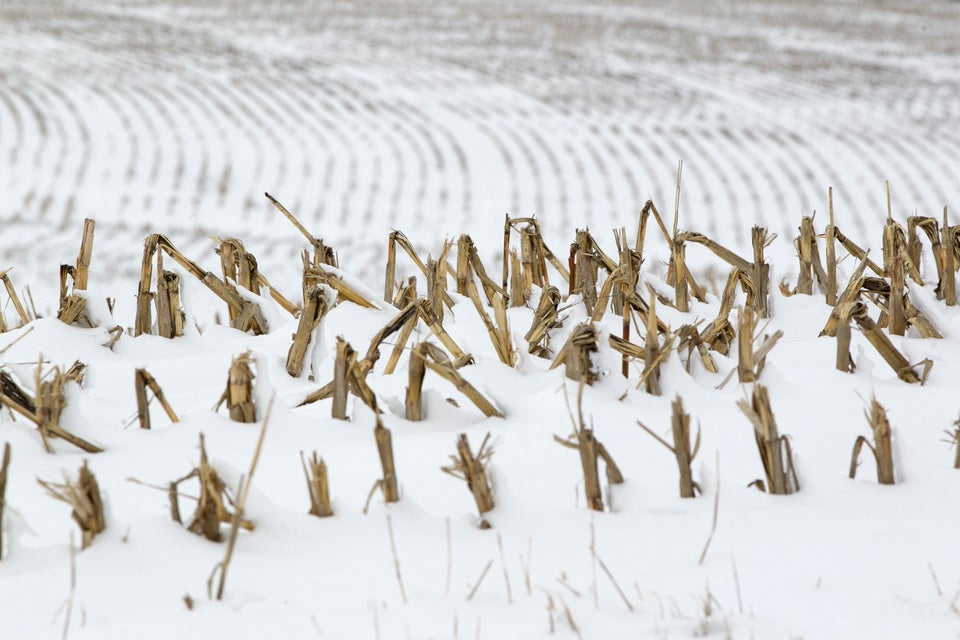
By Sam Nelson
CHICAGO, Feb 4 (Reuters) - Crop-friendly moisture is expected to arrive in the drought-stricken U.S. Plains and northwest Midwest later this week, an agricultural meteorologist said on Monday.
However, much more rainfall and/or snow cover will be needed to provide significant relief from the worst drought in the United States crop belt in more than 50 years, meteorologists and crop experts have said.
"By the weekend there is some fairly meaningful precipitation for the dry western areas of the Plains hard red winter wheat area and heavier precipitation in the eastern areas," said John Dee, a meteorologist for Global Weather Monitoring.
Dee said the driest areas of the Plains could receive from 0.20 to 0.60 inch of moisture and the eastern Plains could receive from 0.50 inch to 1.00 inch. "There also will be up to an inch in the dry area of the northwest Midwest," he said.
Without rain or heavy snow before spring, millions of acres of wheat could be ruined, while corn and soybean seedings could be threatened in the western Midwest, according to meteorologists and other crop experts.
The unrelenting drought gripping key farming states in the U.S. Plains shows no signs of abating, and it will take a deluge of snow or rain to restore critical moisture to farmland before spring planting of new crops, a climate expert said on Thursday.
"It's not a pretty picture," said climatologist Mark Svoboda of the University of Nebraska's Drought Mitigation Center.
Precipitation in the Plains region has been 3 inches to 6 inches shy of normal levels since October, and some areas are nearly 16 inches short of much-needed moisture over the last nine months, Svoboda said.
The drought that last year ranked as the worst in roughly 50 years is still entrenched in the nation's mid-section. This month was considered the worst January in terms of drought over the 13 years that a consortium of federal and state climatology experts have been monitoring drought levels and issuing regular "Drought Monitor" reports, Svoboda added.
"The January number is the highest amount of coverage for the U.S. since we've been doing this," he said.
Thursday's Drought Monitor report showed severe drought still gripping 87.25 percent of the High Plains, unchanged from the prior week. Fully 100 percent of the land area in Kansas, Colorado, Nebraska and Oklahoma remained engulfed in severe drought or worse, according to the Drought Monitor.
The Plains states are key crop production areas, particularly for hard red winter wheat, an important bread-making crop. And they are critical areas for cattle and other livestock production.
Overall, 57.68 percent of the contiguous United States was in at least "moderate" drought as of Jan. 29, a slightly worse situation than the previous week's tally of 57.64 percent. Exceptional drought expanded slightly to 6.37 percent, up from 6.36 percent of the country.
(Additional reporting by Carey Gillam in Kansas City; Editing by Maureen Bavdek)

